Leading in uncertain times
Patient safety, innovation, and education are the top three challenges facing anesthesiologists.
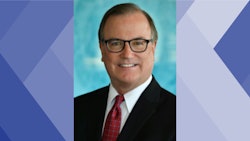
The specialty of anesthesiology is facing challenges from all directions – from inadequate pay for services to patient safety. The key to meeting those challenges will involve a combination of advocacy and education efforts.
Randall Clark, MD, FASA, a Professor of Anesthesiology at the University of Colorado School of Medicine in Denver, explored those obstacles during the 2021 session “The Leadership Imperative.”
“I may be a little biased,” Dr. Clark said, “but I think anesthesiology is the best specialty in medicine. It is extremely gratifying to see the difference we make in patients’ lives when we care for them during surgery or medical procedures. That being said, there are always challenges, including significant problems caused by inadequate payment for our services by governmental payers, and more recently, the disruptions caused by some commercial payers.”
In addition to those issues, Dr. Clark said patient safety, innovation, and education are the top three priorities facing anesthesiologists today. Outside influences can make it especially difficult for anesthesiologists to ensure that patients are getting the proper care they need.
“There is the patient safety issue of some non-physicians claiming that they are a replacement for physician-provided or physician-supervised anesthesia care,” he said. “And the continuing need to drive scientific discovery, innovation, and improvements in the quality of care we provide. There’s also the necessity of providing tools and educational resources to foster leadership and continuous professional development for our members. We have a pretty full plate.”
In order to keep that full plate from spilling over, Dr. Clark said anesthesiologists will need to develop the right tools and skills to meet the challenges they face. There are two areas in particular where he believes the focus should lie.
“I put the answer to these challenges in two big buckets,” he said. “Advocacy and education. We must be extremely effective in our collective advocacy on the issues that are influenced by forces outside of our specialty – such as the payment and patient safety issues mentioned before.”
The keys to improving those patient safety issues, according to Dr. Clark, lie within the realms of scientific discovery and continuing education.
“To drive improvements in the care we provide for patients, we must redouble our efforts to promote scientific discovery, to collect and process the information on how well we are doing in care delivery at the present time, and to educate our members on these issues,” he said. “Meeting these needs requires effective leadership at the national, local, and departmental or group level. This is the leadership imperative.”
That imperative means it is crucial for anesthesiologists to take a lead role in rising to meet the challenges faced by the specialty.
“These issues affect both our ability to protect and improve the care of our patients and to shape the economic future of the specialty,” Dr. Clark said. “Patient safety and quality of care is at the core of what we do. Leadership and coordinated action will be required to ensure fair payment for our services and to maintain and improve our efforts in education, professional development, and scientific discovery.”
Dr. Clark said anesthesiologists are uniquely positioned to be a positive force on the issues currently confronting medicine in all areas of the hospital system.
“In the specialty care realm, no other physician touches patient care in as many parts of the hospital as we do,” he said. “Our accomplishments in patient safety and our recent recognition in responding to the challenges of the COVID-19 pandemic have given us unprecedented visibility and a sturdy platform for continuing the critical work we do.”
Visit Anesthesiology Today Annual Meeting News for more articles.
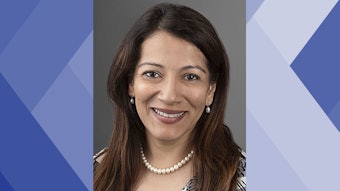
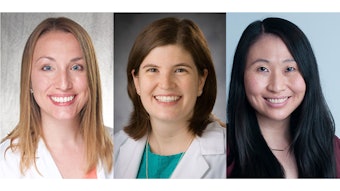
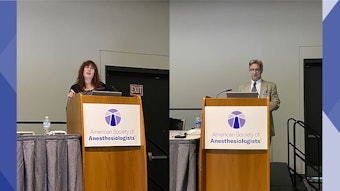
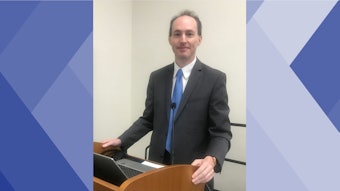

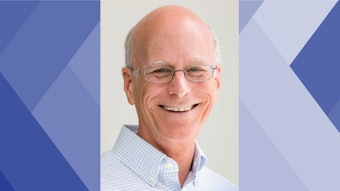
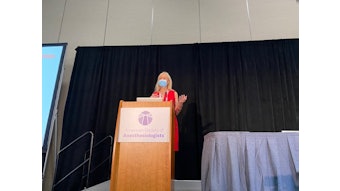
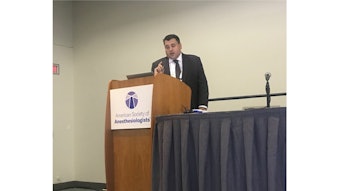
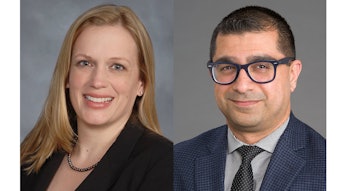
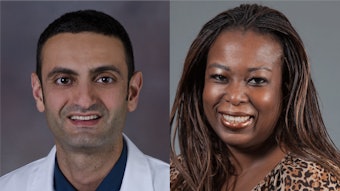
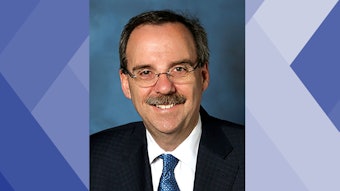
![Sharks[2]](https://img.ascendmedia.com/files/base/ascend/hh/image/2021/10/Sharks_2_.616369899ebe1.png?auto=format%2Ccompress&bg=fff&fill-color=fff&fit=fill&h=191&q=70&w=340)